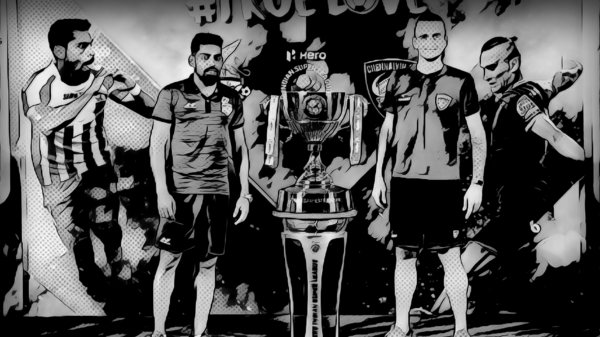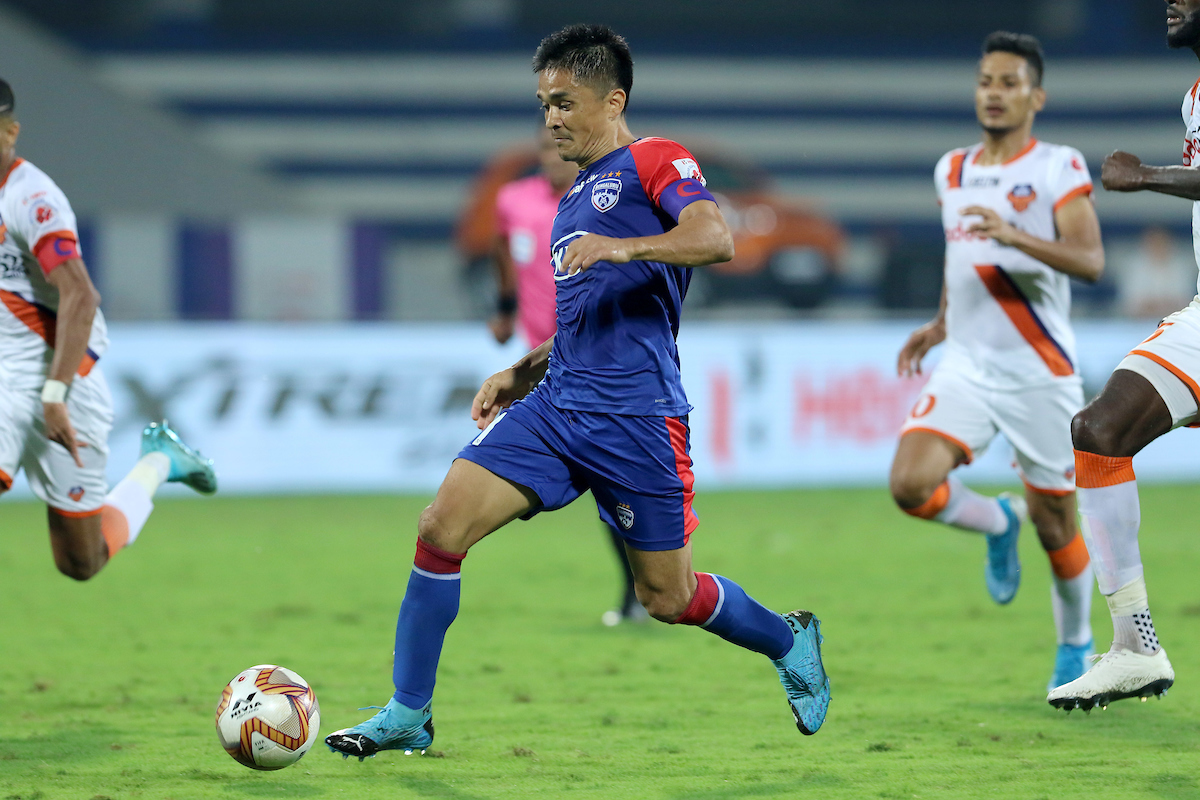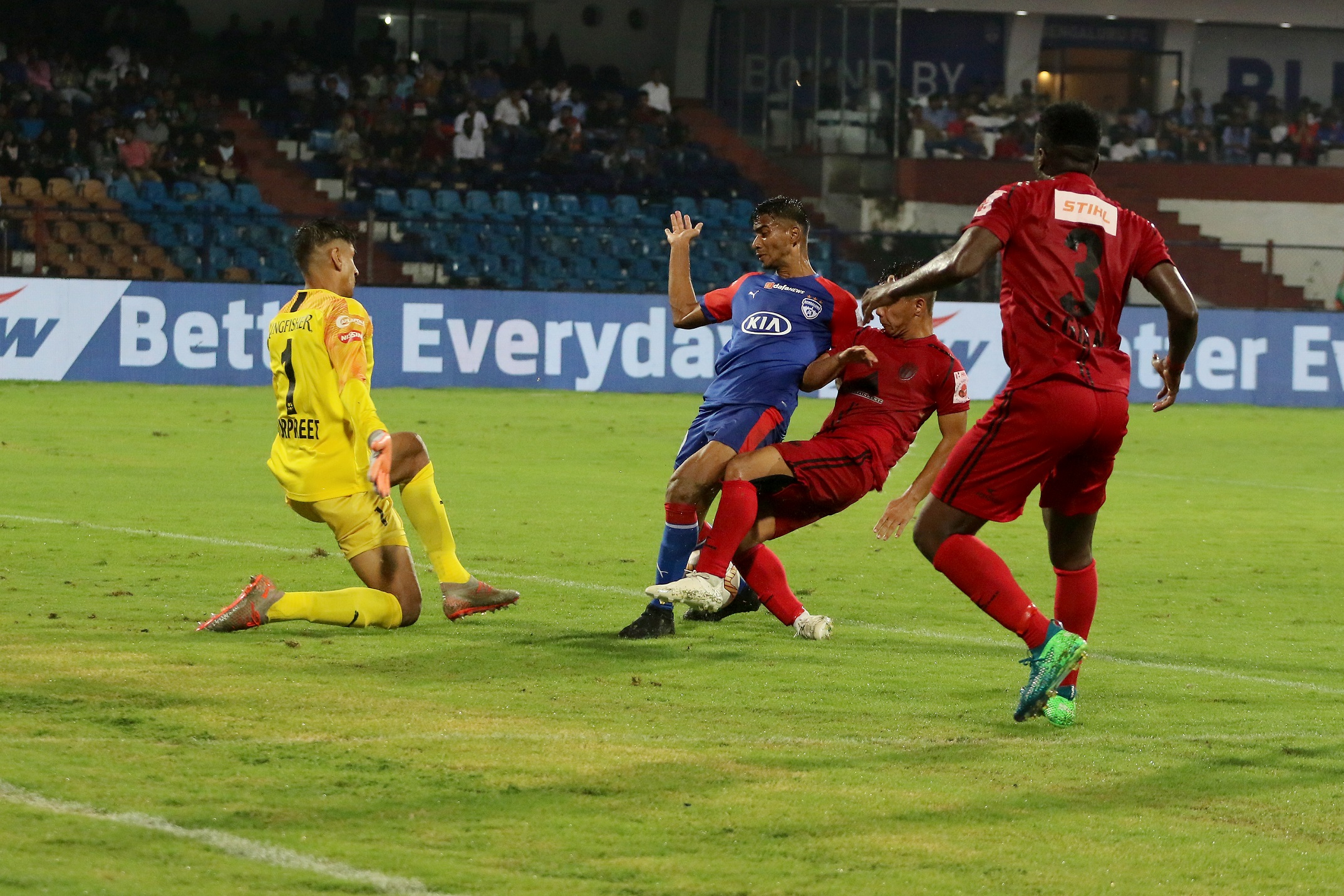31st of May, 2015 marks a rather special day in Indian footballing history; a clash between current I-League champions Bengaluru FC and Indian football giants, Mohun Bagan at the Kanteerava Stadium in Bangalore. This match is more than just 90 minutes of football; it shoulders a greater significance.
As the league table stands, Kolkata based club Mohun Bagan have gathered 38 points while Bengaluru FC have amassed 36 with both teams set to play each other in the final league game of the season. Everything the two clubs have fought for over the past 6 months comes down to this final day of the season, where a win for the home side would crown them Champions of India for the second season running. Irrespective of which way the game goes, it’s a new frontier of football here in India that could do the world of good for the sport in this country.
India has never been a powerhouse in the beautiful game, but the game is such that the passion and tradition of a select few have been written into football folklore. The penetration of this sport has often failed in proportion to its success in the global arena. So when this sport that the world loves is mentioned in a domestic tone on the sub-continent, rarely are clubs besides the giants from the Eastern city of Kolkata and occasionally from the South lying state of Goa brought into conversation.
Attempts have been made to extend football’s reach to a wider Indian audience, geographically, with little success. And while the attempted development of the sport has taken various different faces and projects, Bengaluru FC have become a club that raised the bar to a whole new level.
The club, owned by the JSW Group and formed in 2013, recruited some lesser known individuals, attracted Sunil Chhetri, the country’s most famous footballing individual, and created the closest impression an Indian club could do of one in European lands. This article a year and a half back touched upon this topic but the times were different back then. Bengaluru FC was new, exciting, and a ray of hope. Now it’s a benchmark.
Having done what many would call ‘the impossible’ in the modern game, the club won the domestic I-League title in its very first season of existence, a feat achieved elsewhere only by Western Sydney Wanderers (though the first ever A-League and MLS champions may be given the same credit, winning the title in their first season of existence, they did it when all opponents were also in their first season of existence).
Many shrugged off Bengaluru FC’s successful debut as a fluke, possibly beginner’s luck and a case of underachievement from opponents as opposed to over-achievement of the newbies. Though debatable, none of those factors are really applicable to a side that wins the league title. At any level, in any country, the league table doesn’t lie. Chance and luck may be occasional occurrences, but not a consistent factor throughout the course of a season. And over-achieving more than your under-achieving opponents is the point of a competitive league structure.
Even if one were to shrug off the success of the Blues as a case of those factors provided by the opposition, it becomes irrefutable when the success continues consistently. Having won the league title in their first season of existence, Bengaluru FC now sit in second place, two points behind the leaders in their second season with just the solitary game to go. The club have the opportunity of securing two league titles in two years of existence, a record not held by anyone anywhere across the world in the modern era. The advantage isn’t with the defending champions but their destiny is well and truly in their own hands. Win the next game, and Bengaluru FC would have achieved the impossible. In essence, the game boils down to a straight final.
We mentioned earlier about a greater significance this match stood for: the game between Mohun Bagan and Bengaluru FC creates a sporting representation of the old vs the new, the traditional force vs the new blood, a David vs Goliath story where David has the crown and Goliath is desperate for victory. Mohun Bagan have won an astonishing 170 different trophies in its 126 years of existence, all of them domestic (state and city trophies included). Bengaluru FC, in contrast, can lay claim to two pieces of silverware (a Federation Cup to go with the league title) and yet the game on Sunday could possibly shift, toss and disrupt the footballing profile of the country. Mohun Bagan are known as the country’s most successful and famous club, the club that existed and succeeded in an environment that didn’t encourage this sport (and frankly still fails to). But the Kolkata club haven’t won the domestic league title in 13 years; Bengaluru FC’s victory in its first attempt was nothing short of an insult (not only to Bagan but to all other Kolkata based clubs which lack a champion from the city despite its famed footballing culture since the beginning of the refurbished I-League in its new format). To successfully defend its title and snatch it away from the desperate grip of Mohun Bagan would be the ultimate shift of the traditional order.
Not only have Bengaluru FC conducted themselves as worthy contenders, but they’ve done so having improved on their general footballing performance, a further encouragement to the youth, a further developed management of the club, and all this alongside the frightening (and exciting) experience of continental football. The club was recently knocked out of the AFC Cup at the Round of 16 stage, not too shabby for a club making its debut in a continental tournament.
This undeniable success hasn’t come about by chance, it played itself out on the back of careful organisation from those behind the scenes, smart management by the genius of Ashley Westwood, commitment of its hard-working players and backing from its loyal fan base. The club has united a city and created a following for a sport that previously lacked popularity domestically.
Irrespective of the outcome, these are positive steps for Indian football. The traditional powers of Kolkata and Goa need the new and young blood to revive them from their slumber. Bengaluru FC could be the catalyst that pushes football in the right direction. This kind of competition is just what the country needs. Empty stadiums and passive games may be widely considered the face of the I-League but for all the non-believers out there, the 31st May, 2015 will be your proof that Indian football is on the rise; watch thousands of fans across Bengaluru pour into the Kanteerava Stadium to voice their passion for the sport and the club. On that day, they may be there to show their support for the club but if you can take a step back and look at the bigger picture, it’s not just for Bengaluru FC that they pour their heart out, it’s for the beautiful sport in this beautiful country.





























































